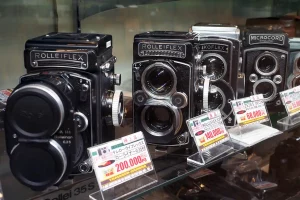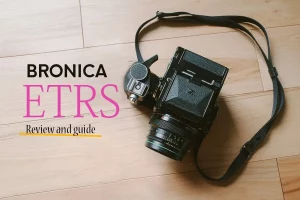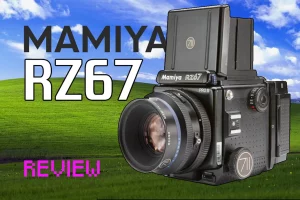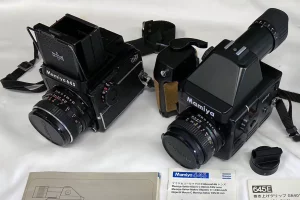Mamiya C330 Review: The medium format all-rounder
Last Updated on December 28, 2023
Editorial Note: By purchasing through the links on DustyGrain, we may earn a commission. These earnings do not dictate our opinions or product evaluations.
In this Mamiya C330 review we’ll take a look at the camera’s standout features and what made it one of the most important medium format cameras in the world.
In recent years the Mamiya C330 has been one of the go-to medium format film cameras for those just starting out without breaking the bank, and although its price has definitely gone up in recent years, it’s still one of the most budget-friendly medium format cameras out there.
There are three versions of the Mamiya C330 and the main differences between them mostly revolve around technology and manufacturing. But basically the features will remain the same across all three models (original, F and S).
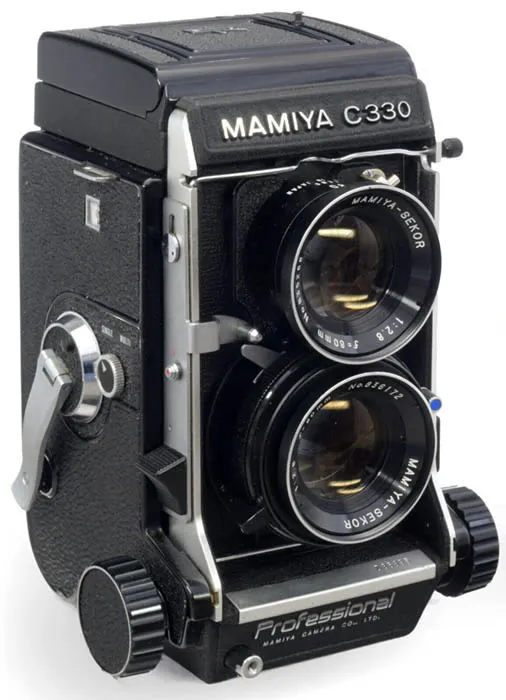
Table of Contents
C330 Specs
| Year release: | 1969 |
| Camera type: | TLR, twin-lens reflex |
| Film type: | 120 and 220 film format |
| Shutter: | Seikosha/Seiko leaf shutter (built-in lens) |
| Shutter speed: | 1 to 1/500 sec, bulb |
| Flash sync: | All speeds |
| Mount type: | Bayonet, Interchangeable |
| Standard lens: | Mamiya-Sekor 80mm f/2.8 |
| Metering: | Manual, CdS-porrofinder (finder) |
| CdS-porrofinder battery: | PX625 (old versions), A76/LR44 (more recent) |
| Tripod socket: | 1/4″ and 3/8″ |
| Weight: | 1.7 kg (without lens) 2 kg (with) |
| Dimensions: | 122 × 168 × 114 mm |
Overview and history
The Mamiya C330 is a medium format TLR (Twin lens reflex) camera made in Japan by Mamiya. The first model of the C330 was released in 1969, followed by the “F” model in 1972 and the “S” model in 1983. All models have the designation “Professional” on the bottom of the camera front.
The C330 belongs to Mamiya’s line of TLRs that starts in 1956 with the Mamiya C, followed by important models like the C33 in 1965 which did not yet support the 220 format. It is with the C220 that Mamiya begins to incorporate this feature (hence the name). It is worth noting that although the C330 is a superior camera to the C220, both were started to be manufactured in parallel, one year after the launch of the C220 (1968).

The differences between the C330 and the C220 basically focus on the slight dimensions that the C330 has over the C220, the inclusion of a crank instead of a knob for film advance, and the fact that the C330 cocks the shutter automatically while in the C220 the cocking is manual.
Lenses
The Mamiya C330 is one of the few TLR cameras with interchangeable lenses, and this is one of its great advantages. It has a standard Mamiya-Sekor 80mm f/2.8 lens that usually accompanies this camera, although in some bodies the 80mm f/3.5 version can also be found.
The C330 together with the 80mm f/2.8 offers a very good performance (despite the size of the kit) and an outstanding image quality result. The minimum focus distance for this setup is an incredible 12 inches (30cm).
What makes it possible for this camera to be able to focus at such short distances is its bellows system that it has, it works by separating the entire front of the camera (in a wider range than normal), from the film housing/advance system (to perform the focus).
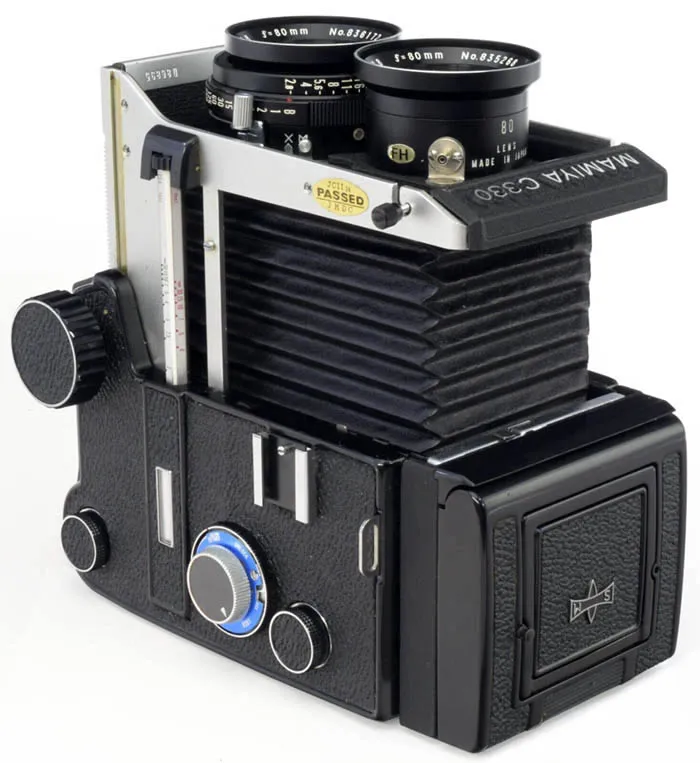
The Mamiya C330 is so “focused” and aware of being a camera for close-up or macro situations, that it includes a parallax correction system on the left side of the camera (knob). The error itself has to do with the fact that at short distances the upper lens (with which it focuses) loses precision in the framing due to the proximity of the object being focused on. Therefore, by regulating the angle of view (marked by a line that represents the upper limit of the frame in the viewfinder), this error is eliminated.
This makes it a very differentiated TLR compared to cameras like the Rolleiflex or the Yashica Mat, which on the other hand do not have interchangeable lenses neither.
Mamiya C330 lenses
The complete list of lenses available for the Mamiya C330 is as follows.
Wide-anlgle lenses
- 55mm f/4.5
- 65mm f/3.5
Prime standard lenses
- 80mm f/3.7
- 80mm f/2.8 (two versions)
- 105mm f/3.5
Telephoto lenses
- 135mm f/4.5
- 180mm f/4.5
- 250 mm f/6.3
Shutter
The C330 has a leaf shutter made by the famous Japanese watch company Seiko, and they come in those leaves with a black finish (inside the lens of course). The ones that come in chrome color are manufactured by Seikosha (another department of Seiko).
Like all cameras that have a leaf shutter, it is quite quiet, even considering that the camera is quite robust in comparison (again) to other TLR’s. The C330 has the best shutter of all the Mamiya C series. In this version, unlike the C220, they were able to automate the cocking of the shutter, each time the crank is turned to load/advance the film.
Something that is complicated in itself due to the nature of its focusing system, where the cocking must be done from the B (rear) part of the camera to the A (front) part of the camera.
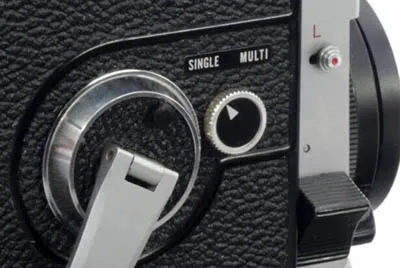
The C330 has two shutter buttons, one on the right side of the lens and one on the bottom of the camera right next to the “Professional” logo. It’s good to have these options when using different scopes, as the hand position changes and it’s comfortable to shoot with either the index finger or the thumb.
Another functionality that the Mamiya C330 includes is the ability to make double exposures, and it includes a special selector (single/multi) for this task right next to the winding lever.
In this video, Eduardo P. performs double exposure shots using the C330, very didactic.
Viewfinders and metering

The C330 comes with a waist-level finder, or as some call it a chimney finder. This viewfinder allows you to see 100% of the frame and is quite bright. However, it may lose precision at short distances due to the position of the lenses, as previously mentioned.
It has a built-in magnifying lens that is very useful for achieving more detailed and precise focus. On the other hand, this viewfinder also includes a small window at the eye level that allows you to frame, but I don’t use it.
There are other types of viewfinders that are more difficult to find on the online market, and they are generally sold with the camera and are rarely sold separately. For example, the pentaprism viewfinder, also known as the CdS-porrofinder, which includes an electronic light meter.

Since the Mamiya C330 is 100% manual and does not have any kind of metering, the pentaprism viewfinder can be an option to consider, and it will not give you an inverted image like a waist-level viewfinder.
However, the pentaprism viewfinder may have some drawbacks on this camera, the first being that it will add weight, making the camera exceed 2kg. On the other hand, it will be a lottery if the precision of the metering has been maintained over the years. There are 2 versions, and only the most recent one is recommended, especially for the battery. And on top of all this, it is not economical.
The most practical option would be to use a handheld light meter, they come in many flavors and colors. The ones I usually recommend are the Sekonic or the Gossen. Or you can add a spot-type light meter like the TTartisan on the camera’s hot shoe.
Price and buying guide
As we already said, the Mamiya C330 has a very competitive price compared to the rest of the TLRs for the professional and advanced amateur sector. It can cost between $300 to $400 depending on the condition and/or if it comes with lenses or accessories.
Among the different versions (three) there are minimal changes, and mainly concern the small technological improvements of its engineering, mainly in order to make it smaller and lighter. Although these improvements are so slight that I would not consider them crucial when buying one.
Among the main priorities when buying a Mamiya C330 would be the condition of the camera, the lens it comes with, and finally the version, in that order.
Sample photos taken with the C330
Here are some images captured with the C330 and the 80mm f/2.8.
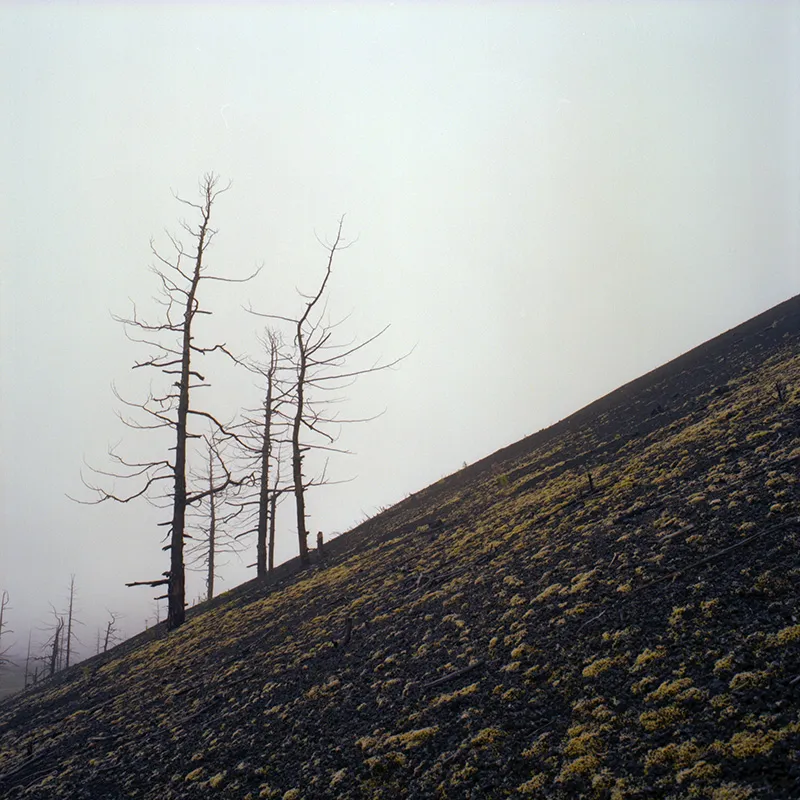
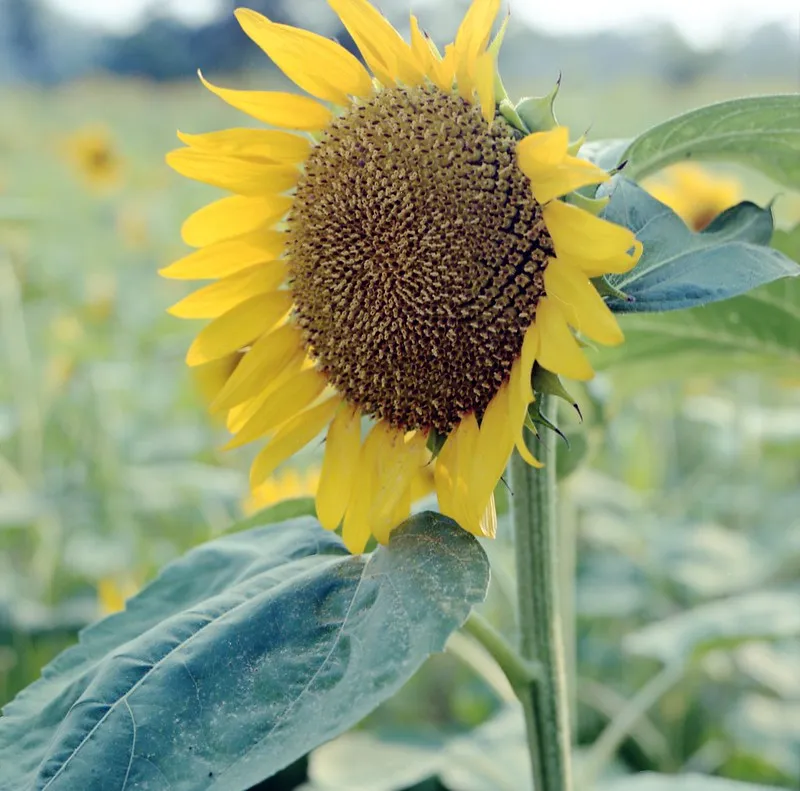

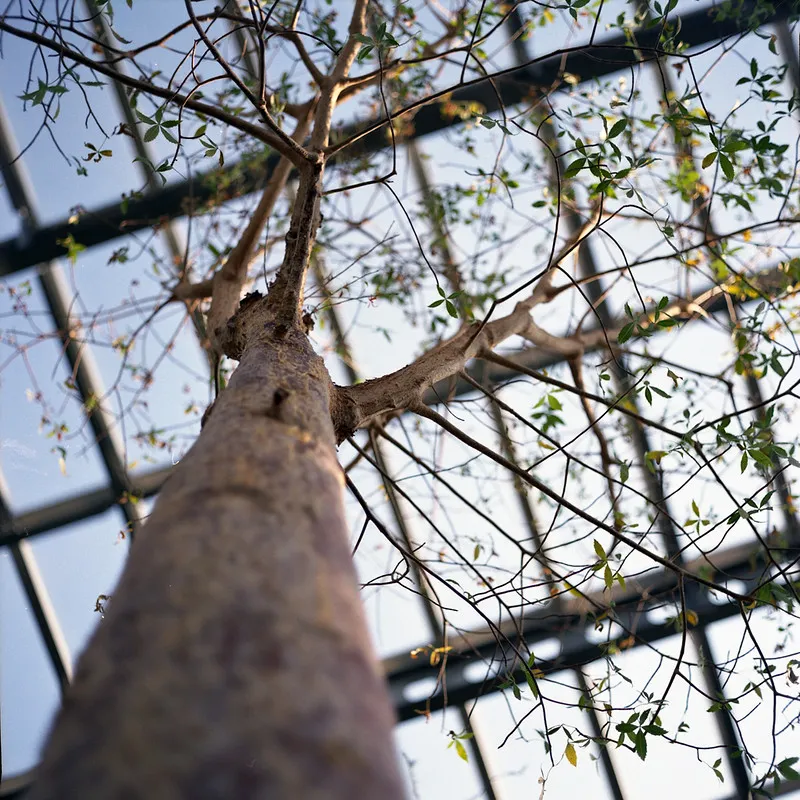

Conclusions
In conclusion, we are faced with a camera that offers a multitude of functions and stands out for having some that others in its class do not offer. It has the advantage of being economical and there are also quite a few available online to choose from. The range of available lenses is quite complete.
On the other hand, you should know that it is large and heavy, and the more accessories you add, the more these issues will be compromised. It is completely manual and you have to measure the light outside the camera.
It is a good option for those just starting out in medium format, as the camera has a very competitive base price. On the other hand, for professionals it is also a very valid option as it has a good range of lenses available.
It is no wonder that the C330 has been a favorite of many wedding photographers for years, especially for the versatility in lens interchangeability and the advantages that this offers.
Useful links
Camera manual: https://www.cameramanuals.org/mamiya_pdf/mamiya_c330.pdf

Written by Jorge Ferrufino
“I am a fashion photographer and an analog photography enthusiast since the beginning of my career (15 years ago). I have had the opportunity and honor of showcasing my work in various galleries and publications around the world.“



